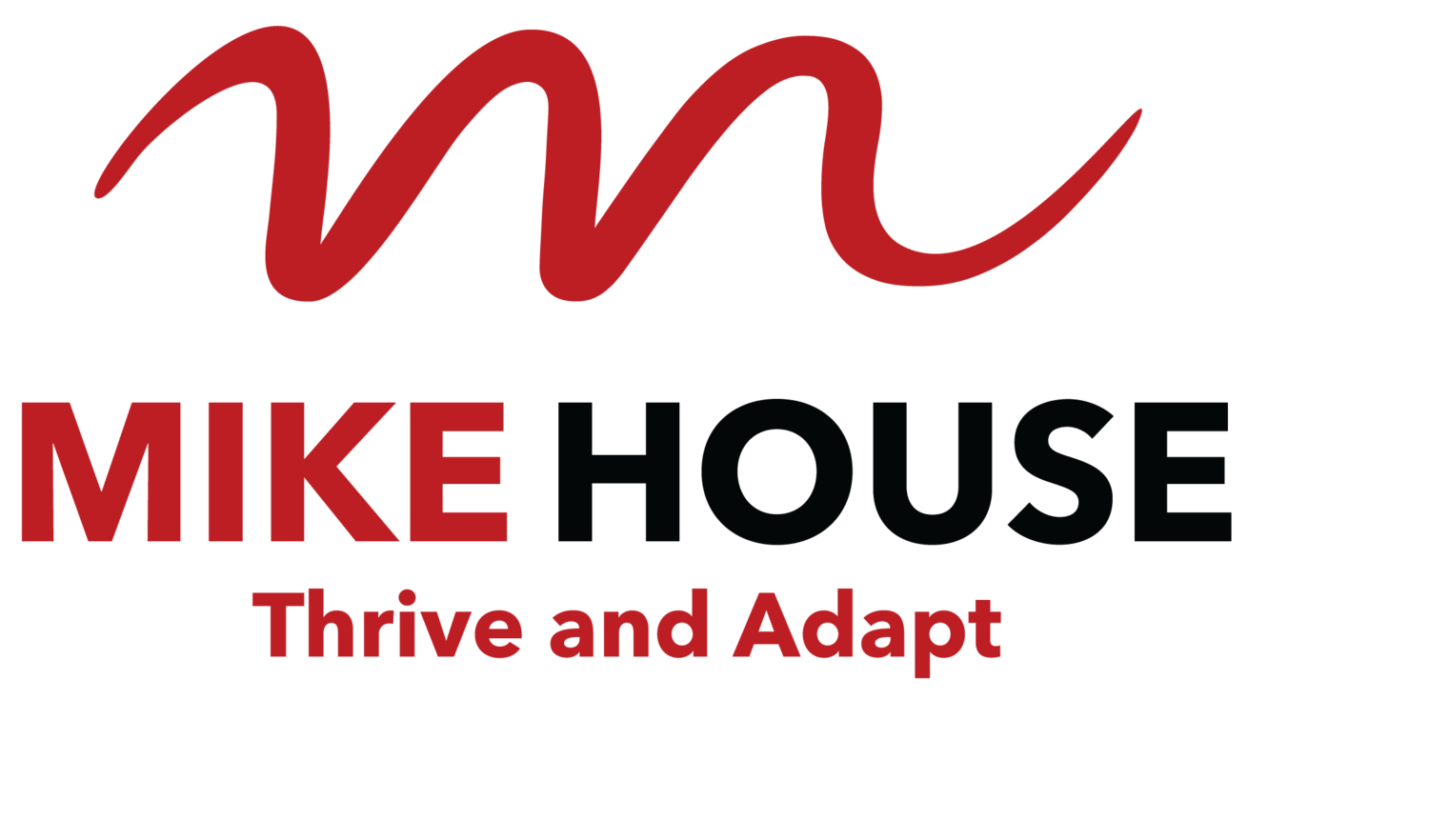Healthy Change
/Change is a complex process. Mostly, that is because there are people involved. The mechanics of change are usually fairly straight forward. As long as you know what needs to change, why it needs to change, and how you will change it, the rest should go well. Unfortunately, change is rarely that smooth. We run into resistance, confusion, lack of skill, fatigue and sometimes downright sabotage. We run into issues when we treat change as a purely mechanical process.
Often leaders articulate the mechanics of a coming change very well, and are then surprised when people are not immediately on board. People are actually quite good at change. It's one of the things that has driven our technical and social evolution as a species. We are hard wired to find better and easier ways to do things, and to get more with less. But our inherent ability to change only kicks in when we have a sense of control over it, and when it has a positive meaning for us. Many organisational changes push us into short term situations of less competence and control. Often it significantly increases workloads and stress before the positive results are felt. When change feels threatening or out of control it's much more likely that people will not deal with it well.
It's not enough to just articulate the mechanics. Leaders need to find ways to connect the change to people in ways that matter to them. Recognising and supporting people in the resulting stress are also important elements to success.
Tasha Broomhall at Blooming Minds gives some great tips in her latest ezine about managing change well. There's plenty of other good stuff in there for creating, maintaining and promoting mentally healthy workplaces. Check out the ezine here or click on the image.
Next week we'll get into some of the hidden aspects of change processes.














